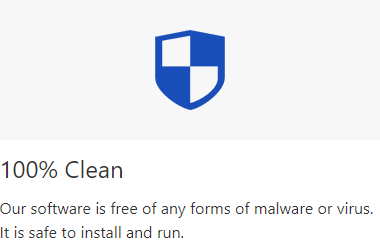This comprehensive guide provides step-by-step instructions on how to effectively recover and locate BitLocker passwords using iSumsoft BkeyFixer. With its advanced functionality, BkeyFixer offers three robust recovery modes to ensure successful password retrieval in various scenarios. Whether you have completely forgotten your BitLocker password or only remember fragments of it, this guide will walk you through the process of recovering your password with ease and efficiency.
Step 1: Click the dropdown button and select the drive for which you want to recover the password, then choose Brute Force.

Step 2: In the pop-up window, you can configure six tabs: Length, Uppercase, Lowercase, Digits, Special, and Prefix and Suffix. These options help narrow down the potential combinations and accelerate the recovery process. Once you have set up the desired parameters, click Start to proceed.

Step 3: The recovery of your BitLocker password is in progress. Here you can see the total number of possibilities, the checked combinations, and the recovery speed.

Step 4: Please be patient while the process is completed. The decryption time depends on the number of combinations, with more combinations requiring a longer decryption process.
Step 1: Choose an encrypted drive and click on the Mask option.

Step 2: On the Mask tab, enter the passcode using the provided example, replacing any unclear characters with "?". To narrow down the possibilities of password combination, utilize the additional four tabs - Uppercase, Lowercase, Digits, and Special - to define specific password parameters. Once configured, click Start to initiate the password retrieval process.

Step 3: Wait for the process to finish while keeping track of the recovery progress using the "total number" (total number of password combinations) and "checked" (number of passwords attempted) indicators.

Step 1: Select a drive and then click Dictionary.

Step 2: You can import the built-in dictionary - a txt file - from your installation directory of the program by clicking Import, or use your own password file, then click OK to proceed.

Step 3: Here you can see the total number of passwords, the recovery speeds, and the checked times. Wait for the process to complete.

You saved the recovery key file on your computer but cannot remember its location? It is difficult to navigate a specific file from a large quantity of files. BkeyFixer can accurately locate the file with a simple click.
Step 1: Select Find Key.

Step 2: The program will start searching automatically. After the scan is complete, all the locations of the recovery key file are displayed on the interface.



